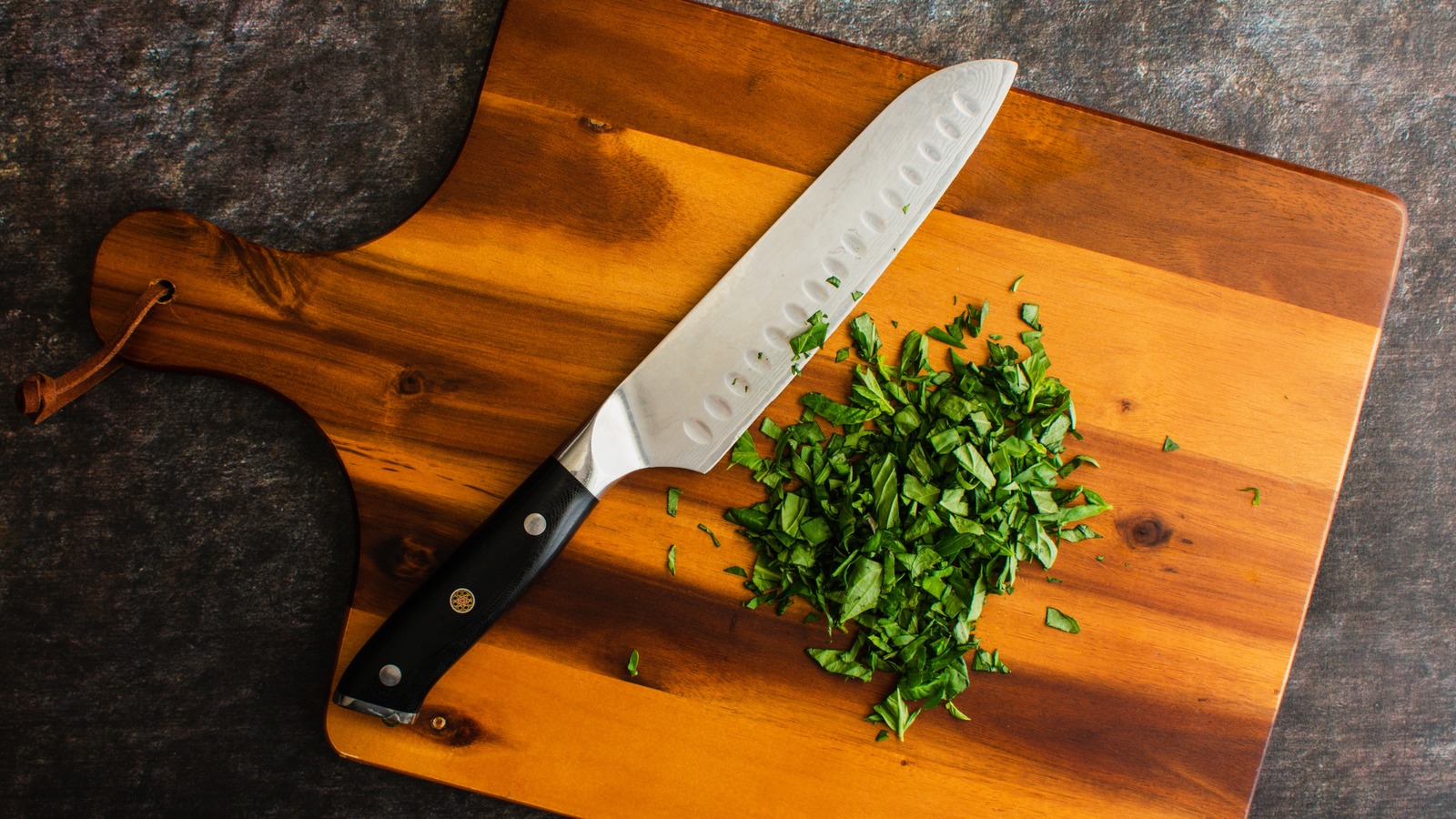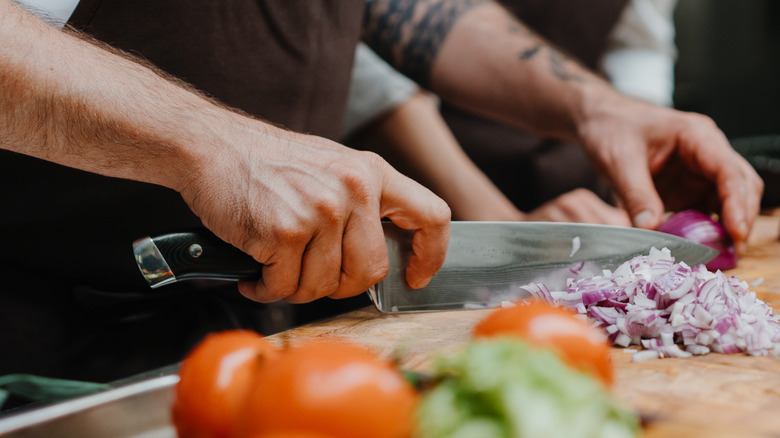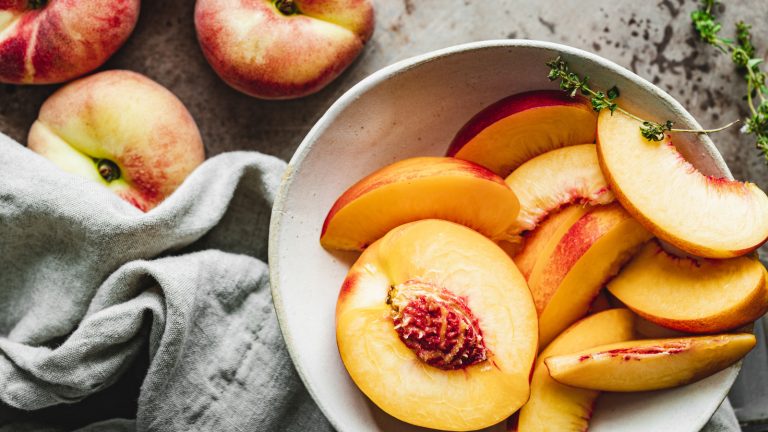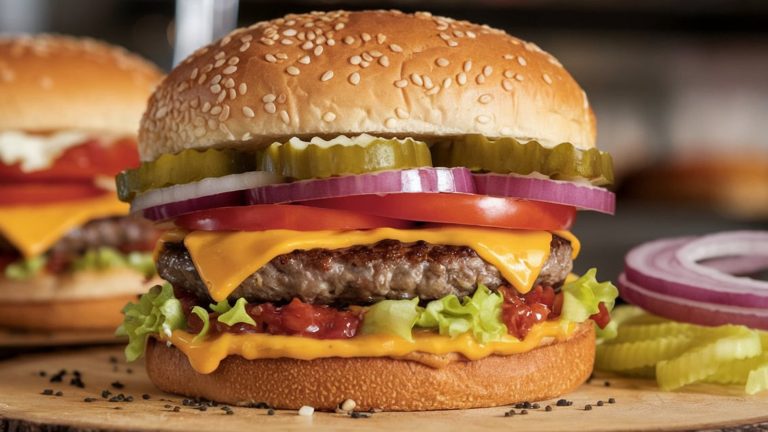A chef’s knife is one of the most common and useful kitchen tools. Although it may sound obvious, having a proper grip reduces the risk of cuts and long-term effects of frequent chopping. After all, Beaumont Hospital reports that 350,000 people are injured by kitchen knives annually. Poor knife handling plays a significant factor in the number of injuries that occur in a kitchen.
When it comes to knife grips, there are several techniques that many professional chefs use depending on the food they’re preparing, the type of knife, the type of cut, and so on. Two grips that beginners typically default to are the hammer grip and point grip, as they tend to feel natural when holding a knife in our hands. However, while these grips are important, they aren’t necessarily well-suited for using a chef’s knife. For example, using the hammer grip with a meat cleaver is ideal for chopping through thick cuts of meat, as it provides the power needed for such cuts. Instead, a traditional chef’s grip, commonly referred to as a pinch or pincher grip, is an easy-to-learn technique that can give you better control and stability, making cutting with a chef’s knife easier and safer.
Using the pinch grip as a professional chef would
To use the pinch grip with a chef’s knife, you’ll want to find the balance point, which is typically where the blade meets the handle. You can test this by laying the flat side of the blade on your index and middle fingers. Where the blade rests horizontally is where you’ll apply the pinch grip. After determining the balance point, place your index finger and thumb of your dominant hand there and pinch that area. Be sure that your index finger and thumb are not too close to the sharp edge, and aim to have them more in the middle of the blade. The rest of your hand should lie naturally around the handle with your remaining fingers gripping it, the back of your hand facing you, and your wrist aligned with the back of the handle.
This will feel a bit atypical at first, but with a little practice it will start to feel natural. An easy way to get accustomed to this grip is by taking a cutting board and rocking the knife over the board. Once you’re familiar with the grip, you can put it to the test by dicing an onion like a pro. As you progress, you’ll find yourself moving from chopping simple vegetables to slicing beef skirt steak and making more complicated dishes with ease.





